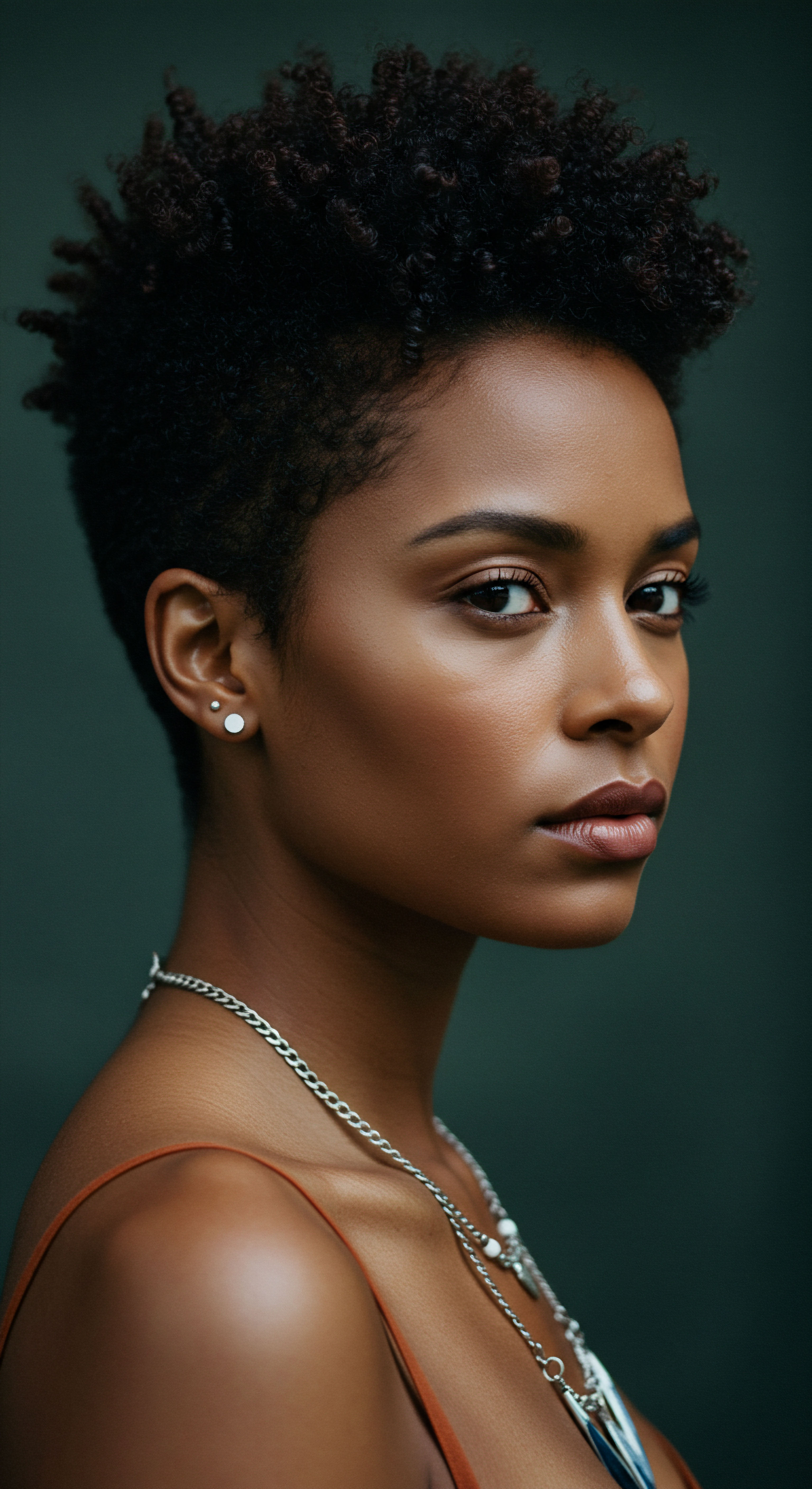
Roots
Our coiled strands, those beautiful spirals and intricate z-patterns, carry stories within their very structure. They are not merely adornments but a biological marvel, a living connection to our ancestry and the world around us. Yet, like any living thing, they exist in a delicate balance with their surroundings. A question often whispers through the textured hair community ❉ can the invisible forces of our environment truly alter the scalp’s protective barrier for these unique hair patterns?
This query extends beyond simple product efficacy, inviting us to consider the foundational relationship between our hair, our bodies, and the very air we breathe, the water we use, and the pace of our daily lives. Understanding this connection requires us to look beneath the surface, to the cellular foundations that uphold the health of our scalp and the vibrancy of our coils.

The Scalp’s Sentinel Layer
The scalp, a living landscape beneath our hair, possesses its own guardian ❉ the skin barrier. This barrier, composed of tightly packed cells and a lipid matrix, acts as a crucial shield, preventing unwanted substances from entering the body while holding precious moisture within. For coiled strands, this barrier plays an especially vital role, as the hair itself often struggles with moisture retention. When this protective shield is compromised, a cascade of issues can begin, from dryness and irritation to a more profound vulnerability to external aggressors.
The scalp’s protective barrier acts as a crucial shield, safeguarding both moisture and internal balance.
Think of the scalp’s barrier as a finely tuned instrument, constantly responding to cues from its environment. Its integrity is not static; it shifts and adapts, sometimes with grace, other times under duress. This dynamic interplay means that factors we might consider external, such as the air quality in our cities or the very humidity in the atmosphere, hold the capacity to reshape this delicate balance.

Anatomy of Coiled Hair and Its Unique Demands
Coiled hair, often categorized as Type 4 in systems like the Andre Walker Hair Typing System, presents a distinct anatomical profile. These strands possess an elliptical cross-section, which contributes to their characteristic curl. The cuticle, the outermost layer of the hair shaft, which normally lies flat on straight hair, tends to be more lifted or open on coiled patterns.
This structural difference, while beautiful, also means that coiled hair is often more prone to moisture loss and external damage. The natural twists and turns create more points of vulnerability along the hair shaft, making it challenging for natural oils from the scalp to travel down the entire length of the strand.
This inherent dryness, combined with the structural openness of the cuticle, means the scalp’s barrier is under constant pressure to compensate. A healthy, robust scalp barrier is therefore not just beneficial; it is a foundational necessity for the health and vitality of coiled hair. Without this strong defense, coiled strands become even more susceptible to the caprices of their surroundings.
- Hair Follicle Shape ❉ Coiled hair grows from elliptical or oval-shaped follicles, contrasting with the round follicles of straight hair. This shape influences the hair’s curl pattern.
- Cuticle Layer Integrity ❉ The cuticle scales on coiled hair often do not lie as flat as on straight hair, potentially leading to increased porosity and a greater tendency for moisture to escape.
- Sebum Distribution ❉ Due to the many curves and coils, the natural sebum produced by the scalp struggles to travel down the entire length of the hair shaft, often leaving the ends drier.

Hair Classification Systems and Their Insights
While various hair typing systems exist, such as the Andre Walker Hair Typing System and L’Oréal’s Hair Classification System, they offer a framework for understanding the diverse characteristics of textured hair. These systems help individuals recognize their hair’s general patterns, aiding in product selection and care routines. However, the true complexity of coiled hair extends beyond a simple letter or number.
The science behind these classifications continues to evolve, with newer systems even considering socio-cultural dimensions and shrinkage. The unique properties of coiled hair demand styles that minimize tension at the roots, retain essential moisture, and shield vulnerable ends from environmental stressors.
| System Andre Walker |
| Primary Focus Curl Pattern (1-4, with a-c subtypes) |
| Key Descriptors Straight, Wavy, Curly, Kinky/Coily. Subtypes for increasing diameter/coarseness. |
| System L'Oréal |
| Primary Focus Scientific, Data-Driven |
| Key Descriptors Curl and kink patterns based on quantitative measurements (curve diameter, number of waves/twists, curl index). |
| System Irizarry Hair Texture Scale |
| Primary Focus Academic and Accessible, Socio-Cultural |
| Key Descriptors Coily to straight spectrum, considers shrinkage, survey-based. |
| System These systems offer varied perspectives on classifying hair, each with strengths and limitations. |

Ritual
Our daily interactions with our hair, those mindful moments of care and attention, are not merely routines; they are rituals. They hold the potential to either fortify or diminish the delicate scalp barrier, particularly for coiled strands that seek gentle understanding. This section explores how the deliberate practices we adopt, or perhaps neglect, can shape the resilience of our scalp’s protective shield against the outside world. It is here, in the practical application of knowledge, that we truly begin to safeguard our hair’s inherent strength.
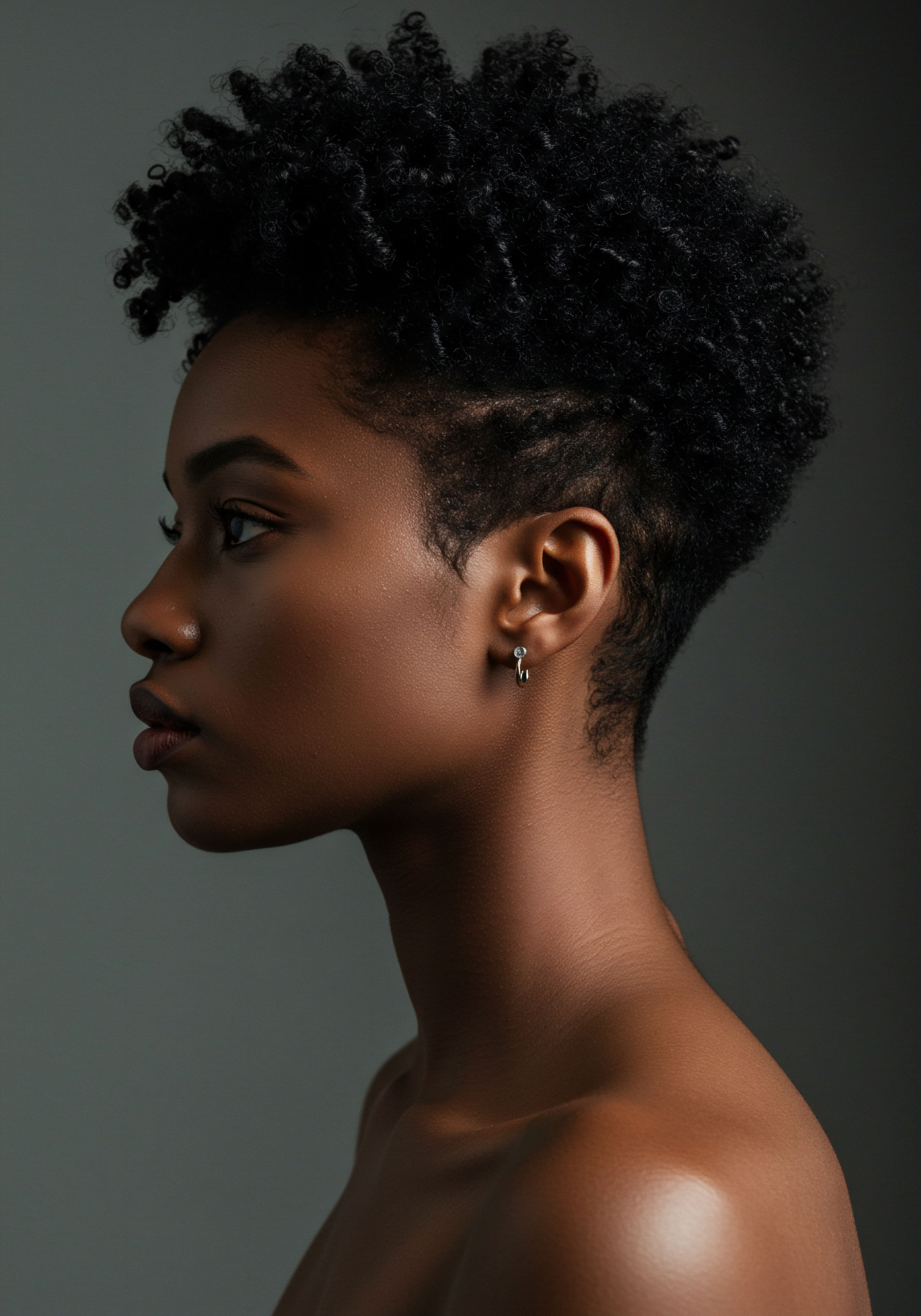
Can Product Choices Impact Scalp Barrier Integrity?
The very cleansers and conditioners we choose can profoundly influence the scalp’s barrier. Products containing harsh sulfates or alcohols may strip the scalp of its natural oils, disrupting the delicate balance of the microbiome and weakening its protective function. This stripping effect can lead to dryness, irritation, and even an overgrowth of certain microorganisms, like Malassezia, which is linked to dandruff.
Conversely, formulations rich in ceramides, hyaluronic acid, or glycerin can help to reinforce the barrier, drawing in and holding moisture. Selecting products that support a balanced scalp microbiome, rather than disrupting it, is a conscious act of care.
Mindful product selection plays a crucial role in maintaining the scalp’s natural balance and protective capabilities.
Consider the legacy of traditional hair care practices, which often prioritized natural ingredients and gentle methods. Ancient cultures, from the Egyptians to the practitioners of Ayurveda, utilized oils like coconut and olive oil for cleansing and conditioning. These oils, rich in nourishing compounds, work with the hair’s natural structure, penetrating the shaft and preventing protein loss, rather than stripping it. This historical wisdom aligns with modern scientific understanding of how certain molecular structures in oils can effectively nourish the hair without compromising the scalp.
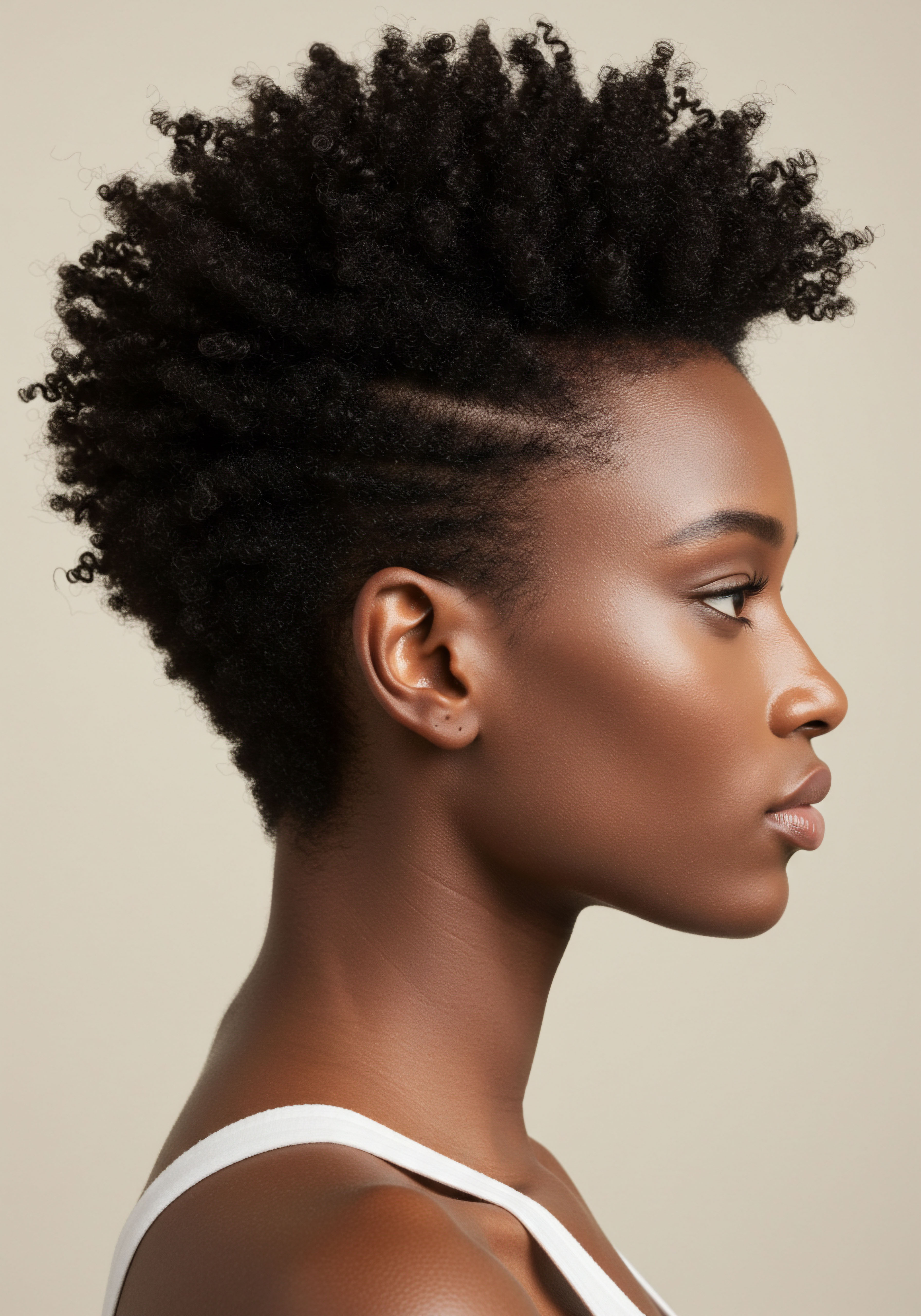
Does Heat Styling Damage the Scalp Barrier?
The allure of heat styling for coiled strands is undeniable, offering temporary transformations of curl patterns. However, the temperatures involved in blow-drying, flat-ironing, and hot curling can inflict considerable trauma on the hair and, by extension, the scalp. Temperatures exceeding the boiling point of water can cause rapid moisture loss from the hair shaft, leading to dehydration, altered protein structure, and increased frizz. More alarmingly, high heat can cause permanent structural damage, such as cracks in the cuticle layer and the formation of “bubble hair” – voids within the hair strand caused by rapid water vaporization.
While the direct impact on the scalp barrier is less immediately visible than on the hair shaft, prolonged or frequent exposure to extreme heat can contribute to overall scalp stress. This stress can manifest as dryness, irritation, and an altered scalp environment, potentially weakening the barrier over time. Studies on African hair types show that styling at temperatures above 365°F can permanently alter the natural curl pattern, and at 428°F, the hair is irreversibly changed, becoming stiffer and more prone to breakage. This level of heat certainly does not support a healthy scalp environment.
- Thermal Dehydration ❉ High heat rapidly removes water from hair, affecting protein structure and leading to dryness.
- Cuticle Trauma ❉ Heat can cause cracks and lifting of the cuticle scales, compromising the hair’s protective outer layer.
- Scalp Stress ❉ While less direct, consistent high heat application can contribute to scalp dryness and irritation, impacting barrier function.
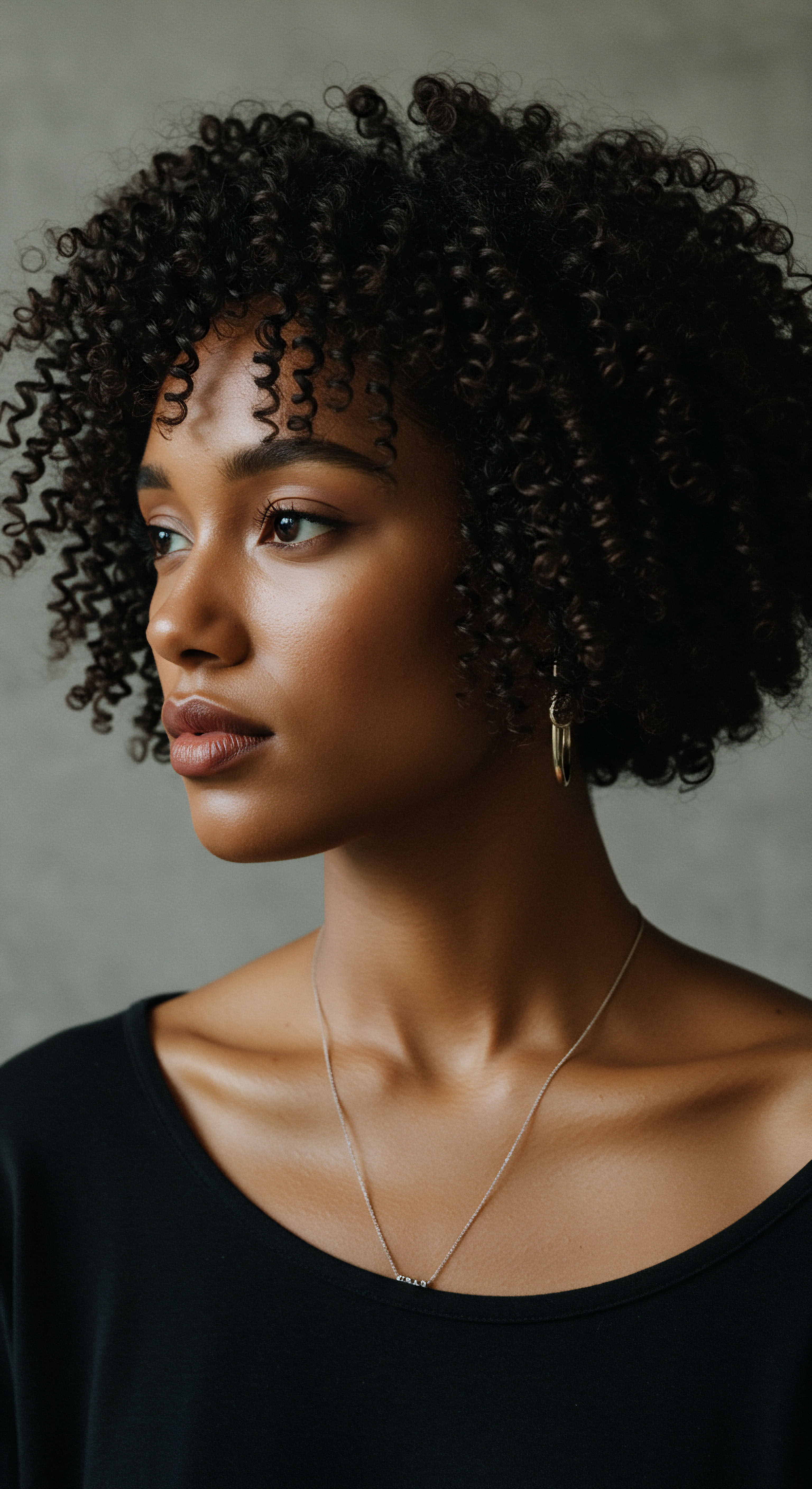
Can Protective Styles Shield the Scalp Barrier?
Protective styles, such as braids, twists, and buns, are cornerstones of textured hair care, designed to minimize manipulation and shield the hair from environmental stressors. These styles help retain moisture by reducing exposure to drying elements and promote length retention by limiting breakage. For coiled strands, which are naturally more fragile and prone to tangling, protective styles offer a crucial respite.
However, the efficacy of a protective style in safeguarding the scalp barrier depends heavily on its execution and maintenance. Styles that involve excessive tension at the roots, such as overly tight braids or weaves, can cause significant stress to the scalp. This tension can lead to irritation, inflammation, and in severe cases, a condition known as traction alopecia, where hair loss occurs due to prolonged pulling on the follicles.
Therefore, while the concept of protective styling is beneficial, the method of application and ongoing care are paramount to ensuring the scalp barrier remains undisturbed and healthy. Proper cleansing and moisturizing of the scalp even while in a protective style are essential.
| Aspect Moisture Retention |
| Benefits for Coiled Strands Reduces exposure to drying air, sealing in hydration. |
| Considerations for Scalp Barrier Ensure scalp is moisturized beneath the style; avoid product buildup. |
| Aspect Length Retention |
| Benefits for Coiled Strands Minimizes breakage from daily manipulation. |
| Considerations for Scalp Barrier Avoid excessive tension at the hairline and roots. |
| Aspect Environmental Shield |
| Benefits for Coiled Strands Protects from wind, sun, and pollutants. |
| Considerations for Scalp Barrier Scalp still needs cleansing to remove trapped pollutants. |
| Aspect Reduced Manipulation |
| Benefits for Coiled Strands Less combing and styling, reducing mechanical stress. |
| Considerations for Scalp Barrier Choose low-tension methods to prevent follicle strain. |
| Aspect Protective styles, when applied and maintained thoughtfully, offer significant advantages for coiled hair health and scalp well-being. |

Relay
The dialogue between our coiled strands, their underlying scalp, and the broader world extends far beyond simple exposure; it is a complex, ongoing conversation, a relay of signals that shape their health and resilience. Here, we step into a more profound consideration of how pervasive environmental factors, often unseen and unacknowledged, can fundamentally alter the scalp’s protective barrier, impacting the very biology of our hair. This is where science, culture, and our daily existence intersect in surprising ways.
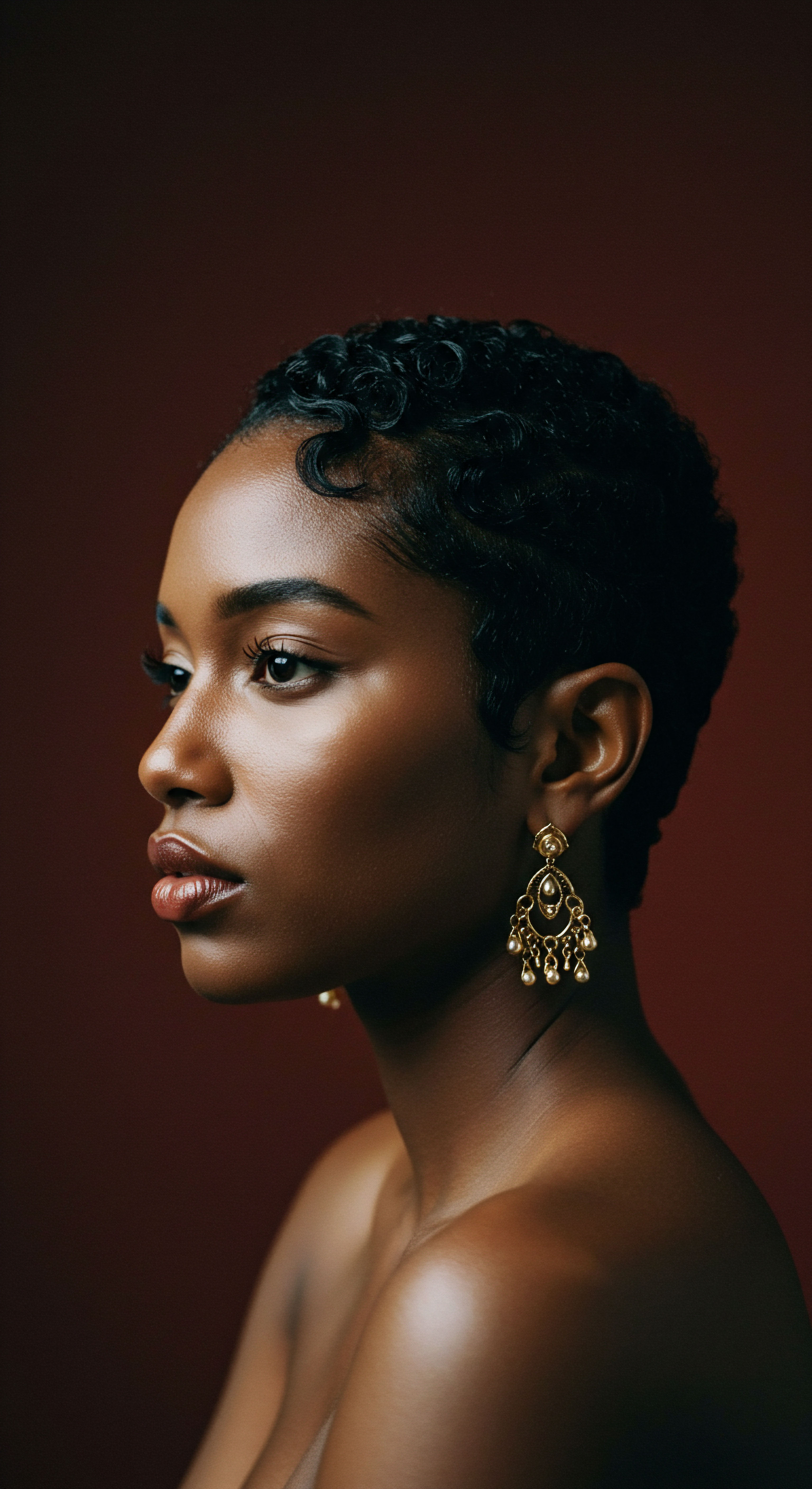
How Does Air Pollution Compromise the Scalp’s Defense?
Our urban landscapes, often bustling with life, carry an invisible burden ❉ air pollution. This pervasive element, composed of particulate matter, volatile organic compounds, and heavy metals, does not merely settle on our hair; it actively interacts with our scalp. These microscopic particles can penetrate the skin’s barrier, initiating a chain of events that leads to inflammation and oxidative stress. Oxidative stress occurs when harmful free radicals overwhelm the body’s natural antioxidant defenses, damaging cellular structures.
Research indicates that continuous exposure to air pollution can lead to the accumulation of pollutants on the scalp and hair, causing issues such as itching, irritation, excess sebum production, and even hair loss. The scalp’s outermost layer, the stratum corneum, can be compromised, allowing harmful substances to infiltrate deeper layers. A study published in the Polish Journal of Environmental Studies highlights that pollutants can directly weaken hair follicles and contribute to conditions like folliculitis and seborrheic scalpitis.
This constant assault can disrupt the scalp’s delicate microbiome, an ecosystem of microorganisms that plays a crucial role in maintaining scalp health. An imbalance in this microbial community has been linked to increased susceptibility to infections and chronic scalp disorders.
Air pollution, a silent assailant, can disrupt the scalp’s barrier, leading to oxidative stress and microbiome imbalances.
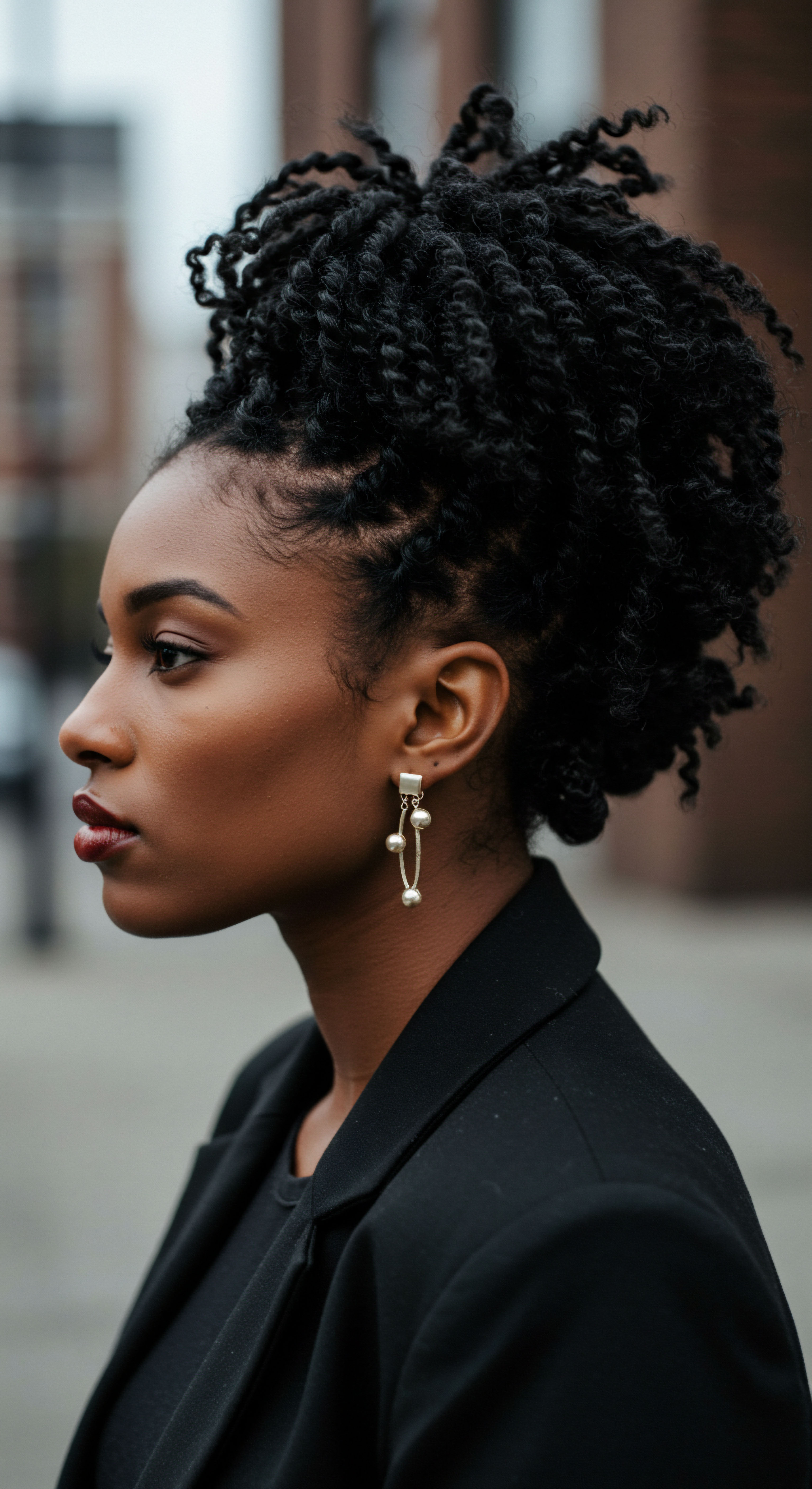
Can Climate Change Influence Scalp Barrier Function?
Beyond localized pollution, the broader shifts in our planet’s climate present another layer of environmental influence on the scalp barrier. Rising temperatures and altered weather patterns, hallmarks of climate change, bring with them fluctuations in humidity and increased UV radiation.
Changes in humidity levels can directly impact the scalp’s moisture balance. High humidity might initially seem beneficial for coiled hair, but it can also lead to fungal overgrowth, particularly of Malassezia, which can disrupt the scalp microbiome. Conversely, dry climates can strip the scalp of its natural oils, leading to dehydration and flakiness, further compromising the barrier.
Increased UV radiation, a consequence of climate change, poses a significant threat. Prolonged exposure to UV rays can damage the hair cuticle, leading to dryness, brittleness, and color fading. For textured hair, which is already more sensitive to UVR damage due to its structural characteristics, this risk is amplified.
UV radiation generates free radicals, contributing to oxidative stress on the skin and scalp, which can damage the barrier function. A compromised barrier, in turn, becomes more susceptible to the detrimental effects of UV damage.
A compelling example of the subtle yet profound impact of environmental shifts comes from research on Transepidermal Water Loss (TEWL). While specific studies focusing solely on TEWL of the scalp barrier in coiled hair types under varying environmental conditions are still developing, broader dermatological research provides a foundational understanding. For instance, a study examining the exposome, the sum of environmental exposures over a lifetime, notes that pollution, among other factors, can weaken the skin barrier and promote oxidative stress, leading to drier, more sensitive skin. This general principle holds significant implications for the scalp, which is an extension of the skin.
If the skin barrier on the face and body becomes more vulnerable to irritants and experiences increased water loss due to environmental factors, it is reasonable to conclude that the scalp barrier, especially on individuals with hair types prone to dryness, would experience similar, if not exacerbated, effects. The nuanced interaction means that even slight shifts in atmospheric conditions, coupled with existing vulnerabilities of coiled strands, can incrementally degrade the scalp’s ability to maintain its integrity, leading to persistent dryness and increased susceptibility to other environmental assaults.
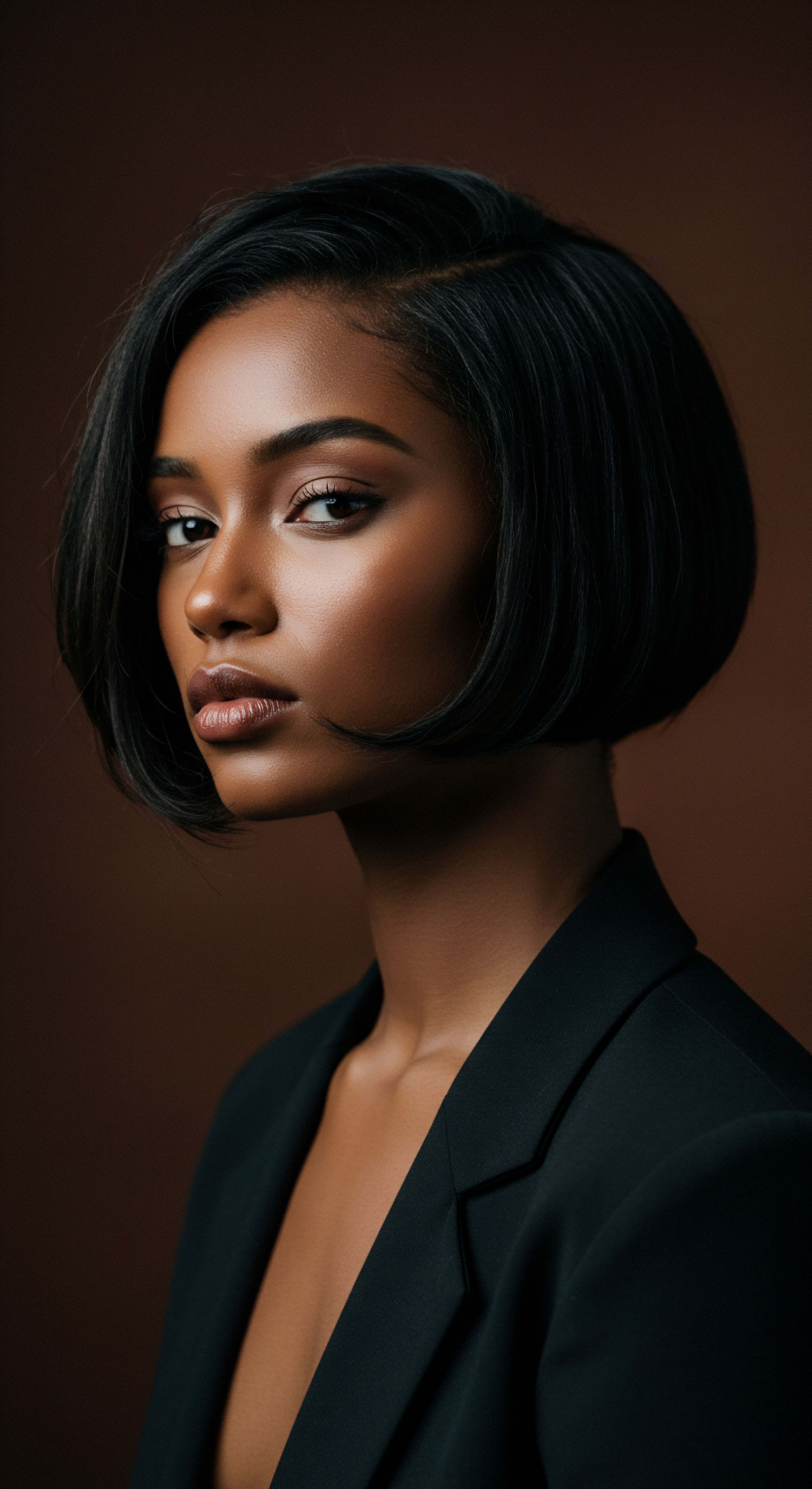
Can Psychological Stress Affect the Scalp Barrier?
While not an external environmental factor in the traditional sense, psychological stress acts as an internal environmental shift that profoundly impacts the scalp barrier. When the body experiences stress, it releases hormones such as cortisol, which can trigger a cascade of physiological reactions. High levels of cortisol and neuropeptides in the skin and scalp can lead to inflammation and disruption of the skin barrier.
This disruption means that the scalp’s barrier function is compromised, making it easier for moisture to escape and for irritants to enter. Chronic stress has been shown to weaken the scalp barrier, increasing its susceptibility to flaking, redness, and discomfort. Moreover, stress can influence the scalp’s sebum production and pH levels, creating a more favorable environment for harmful microorganisms to grow, further unbalancing the scalp microbiome. The intricate connection between the mind and body means that our internal landscape is just as influential on our scalp’s protective capabilities as the external world.
- Pollutant Accumulation ❉ Airborne particles and chemicals settle on the scalp, leading to irritation and oxidative stress.
- Microbiome Imbalance ❉ Environmental stressors and stress hormones can disrupt the delicate balance of beneficial microorganisms on the scalp.
- Moisture Loss ❉ Damage to the barrier leads to increased transepidermal water loss, causing dryness and vulnerability.
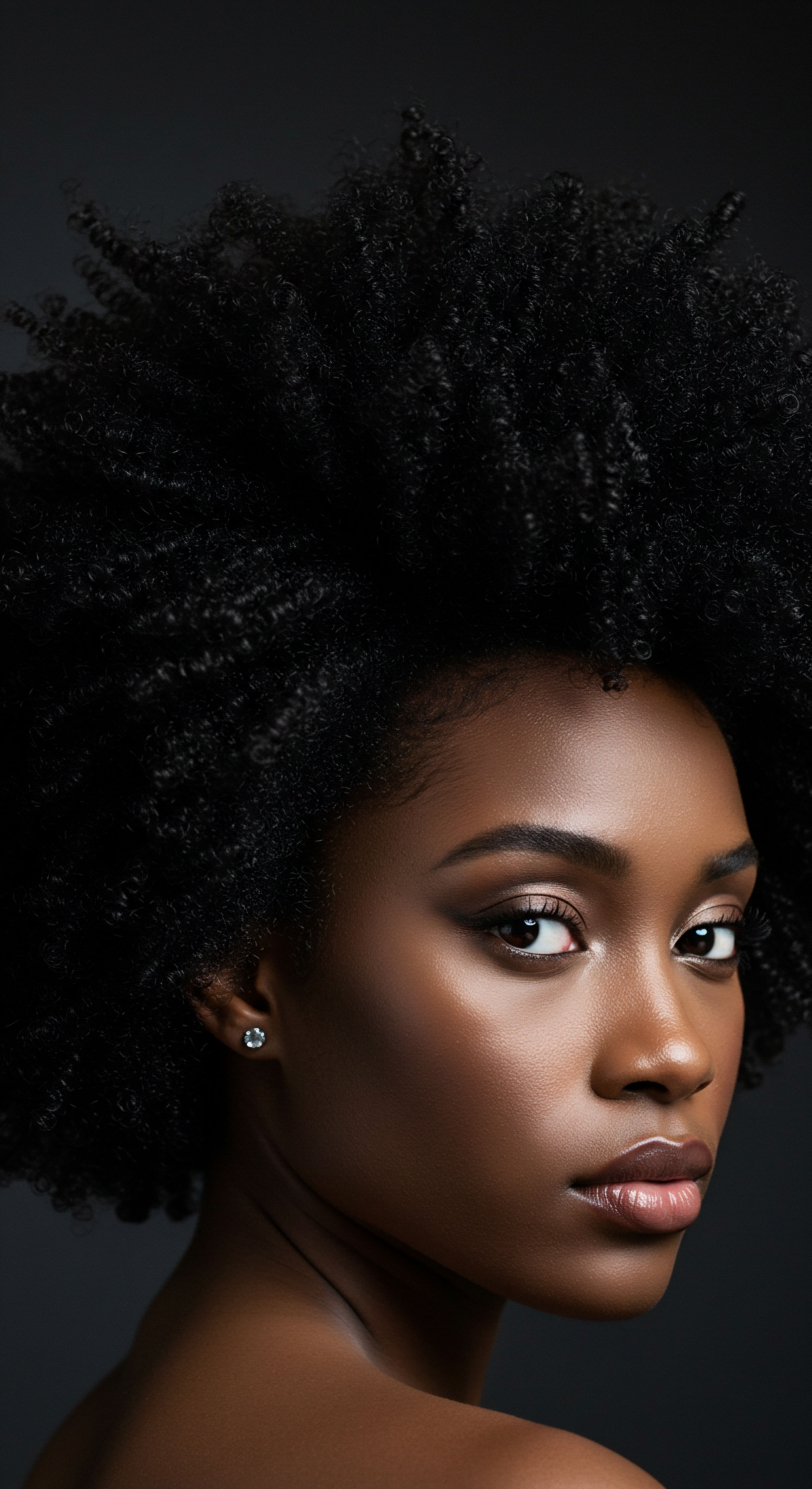
Reflection
The journey through the intricate relationship between environmental factors and the scalp’s protective barrier for coiled strands reveals a profound interconnectedness. Our hair, a vibrant expression of identity and heritage, exists within a dynamic interplay of external forces and internal responses. From the microscopic pollutants in our air to the shifting humidity patterns of our climate and the quiet hum of our own internal stress, each element contributes to the story of our scalp’s resilience.
Understanding these subtle yet powerful influences invites a deeper, more mindful approach to care, one that acknowledges the hair not in isolation, but as a living part of a larger, responsive ecosystem. It is a call to gentle vigilance, recognizing that true hair wellness extends beyond surface treatments, reaching into the very atmosphere we inhabit and the inner peace we cultivate.

References
- Son, E. & Kwon, K. H. (2024). The Invisible Threat to Hair and Scalp from Air Pollution. Polish Journal of Environmental Studies, 34(2), 1745-1753.
- Arck, P. et al. (2001). Stress inhibits hair growth and induces premature catagen development in mice. Journal of Investigative Dermatology, 116(3), 434–440.
- Zouboulis, C. C. et al. (2009). Sebaceous gland ❉ a model for cutaneous endocrine research. Dermato-Endocrinology, 1(2), 64–67.
- Peters, E. M. J. et al. (2006). Neurogenic inflammation in stress-induced skin responses. Experimental Dermatology, 15(10), 739–751.
- Audrey Davis-Sivasothy. (2011). The Science of Black Hair ❉ A Comprehensive Guide to Textured Hair Care.
- Lasisi, A. (2008). Statistical analysis of hair types. Annals of Human Biology, 35(4), 405-412.
- Irizarry, Y. (2020). The Irizarry Hair Texture Scale. Sociological Science, 7, 196-224.
- Gaines, L. A. & Page, M. (2018). Hair Type Classification System. Journal of Cosmetology & Trichology, 4(1), 1-5.
- Mekonnen, A. (2023). Association of Psychological Stress With Skin Symptoms Among the Population in Saudi Arabia ❉ A Cross-Sectional Study. Cureus, 15(11), e48680.
- Draelos, Z. D. (2010). Hair Cosmetics ❉ An Overview. Journal of Cosmetic Dermatology, 9(1), 58-65.
- Baumann, L. S. (2014). Cosmeceuticals and Cosmetic Ingredients. McGraw-Hill Education.
- Hoting, E. & Meyer, S. (2018). The Influence of Environmental Factors on Hair Health ❉ A Review. International Journal of Cosmetic Science, 40(6), 527-535.
- Verreshan, C. (2019). From Nature to Modern Health and Beauty. Dr.UGro Gashee.
- Patel, D. (2015). Hair Biology ❉ An Overview. International Journal of Trichology, 7(2), 57-61.
- Khumalo, N. P. et al. (2007). African Hair ❉ Its Structure, Properties, and Clinical Conditions. Clinics in Dermatology, 25(4), 392-398.